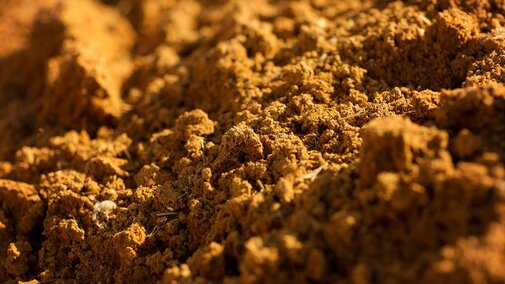Distillers’ grains play an important role in both maintaining ethanol plant profit margins and providing affordable, nutritious feed to livestock feeding operations. Distillers’ grains are produced as necessary by-products of the fuel ethanol production process and therefore rely on an input grain — most commonly corn in the United States — and fuel ethanol in their production (USDA ERS 2021). As a result, the primary tenets of the supply structure in the distillers’ grains market in the United States are fuel ethanol and corn, while livestock operations in need of feed products comprise the majority of distillers’ grain demand structure.
Ethanol plants sell these different types of distillers’ grains to livestock feeding operations since their high protein content accelerates weight gain and offers other favorable nutritional properties (Halfman 2020). While both MDGS and WDGS offer slightly higher feeding values than DDGS due to elevated digestibility from higher moisture contents, their moisture contents and weights make them difficult to ship beyond a limited radius (Nuttelman et al. 2011). As a result, WDGS and MDGS are purchased by producers generally within a 100-mile radius of an ethanol plant, whereas DDGS, the most common form of distillers’ grains nationally, can be shipped practically anywhere domestically or internationally (DeOliveira et al. 2017).
Each type of distillers’ grain offers desirable nutritional properties compared to corn due to lower starch content, higher total digestible nutrients, and higher crude protein content (Jenkins 2016). Thus, one tradeoff for livestock feeders is the relative price, on a dry matter basis, of distillers’ grains to corn on a dollar per ton ($/ton). Prices must be compared on a dry matter basis since corn, DDGS, MDGS and WDGS all have different moisture levels and thus a different price base. One converts the price by dividing by one minus the moisture level. For example, DDGS is generally sold at a 10% moisture level. Assuming the price of DDGS is $300 per ton, the dry matter price is $333 per ton (i.e. 300/(1-0.10)).
It has been well known that agricultural markets were affected during the COVID-19 pandemic. The fuel ethanol and distillers grain market was no exception. The low corn stocks-to-use ratio and the ongoing Ukraine and Russia conflict have impacted the price of corn and thus, potentially the price premium of distillers over corn from 2020 to the present. In this article, I assess the distiller grains market in Nebraska using weekly FOB bid level prices for DDG, MWDG and WDG from ethanol plants reported by USDA Agricultural Marketing Service (USDA-AMS). Using this data from 2012-2022 I show how distiller grain prices in 2020-2022 compared to historical trends in the distillers to corn price ratio. The assumed moisture levels for the different feed products are 15% for corn, 10% for DDGS, 52.5% for MDGS and 67.5% for WDGS.
To continue reading this article, visit the Center for Agricultural Profitability.

